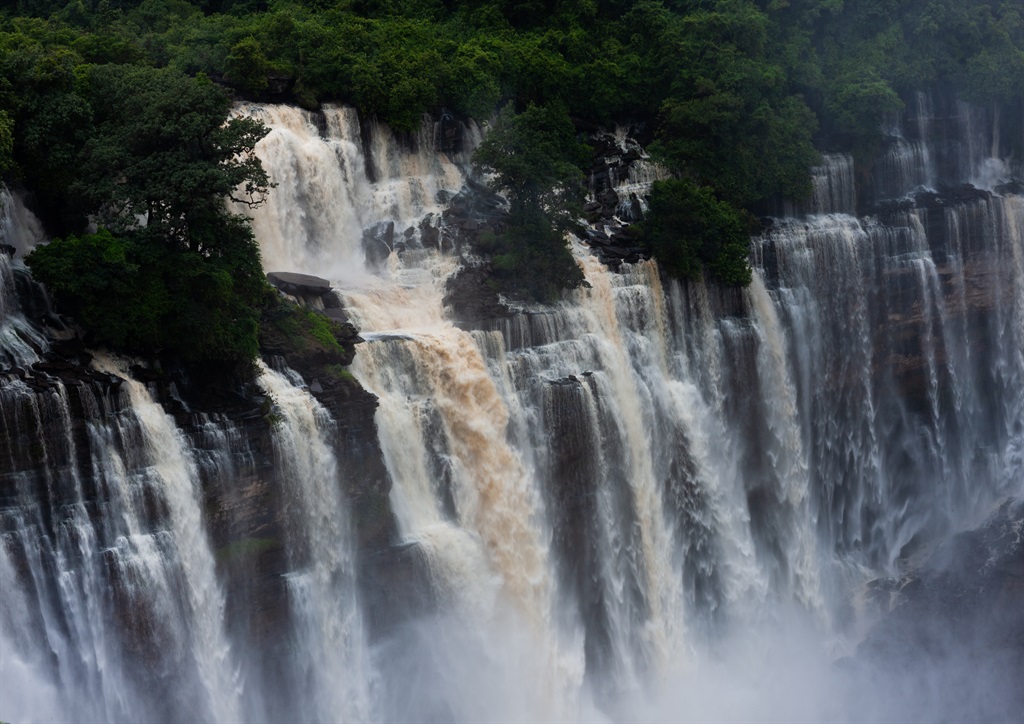
- Water enough to fill to 170 million Olympic-size swimming pools falls on Angola's Highlands annually.
- Fresh water and diversity from the area spreads to seven southern African countries.
- About 95% of the Okavango Delta water originates from Angola's Highlands.
A new study by a team of National Geographic Okavango Wilderness Project scientists has established boundaries for the Angola Highlands Water Tower (AHWT) located in the country's Central Bié Plateau, where several rivers originate and spread across southern Africa.
The study, published in the July issue of Springer's Environmental Monitoring and Assessment, argued the set boundaries would help in preservation efforts.
While Angola was long referred to as southern Africa's "water tower", the lack of permanent snow and ice made it difficult for global maps to identify it as a water tower.
"Defining the Angolan Highlands Water Tower and quantifying its contributions to rivers downstream is an important step towards conservation for this critical freshwater resource," said Dr Mauro Lourenco, the study's lead author.
"Africa's water towers have been overlooked by science due to water towers typically requiring permanent snow or ice cover.
He added:
The study realised each year, water equivalent to 170 million Olympic-size swimming pools, or about 423 cubic kilometres of rainfall, fell on the AHWT.
Hence, it provided freshwater resources to seven countries: Angola, Zambia, Zimbabwe, Mozambique, the Democratic Republic of the Congo, Namibia, and Botswana.
The AHWT also breathes life into biodiversity areas such as the Okavango Delta, which is home to some of the largest remaining elephant populations in the world.
READ | EXPLAINER: Mapping out Angola's peatlands, which trap carbon and clean the region's water
Since the turn of the century, Angola's population doubled to 35.59 million people.
It is estimated for the second half of the century, it could double again.
As such, there is a need to plan ahead for population growth in regard to water needs not only for Angola but the region.
"An important first step is recognition of the water tower as a Ramsar Wetland of International Importance, and we look forward to securing that designation," said Dr Steve Boyes, founder the of the National Geographic Okavango Wilderness Project.
About 95% of water flowing into the Okavango Delta in Botswana originates from Angola's Central Bié Plateau.
The Delta is protected by Botswana and is recognised as a UNESCO World Heritage site and Ramsar Wetland of International Importance.
However, despite being the source of the Delta, the recently defined AHWT does not have similar protection.
The News24 Africa Desk is supported by the Hanns Seidel Foundation. The stories produced through the Africa Desk and the opinions and statements that may be contained herein do not reflect those of the Hanns Seidel Foundation.




 Publications
Publications
 Partners
Partners
























